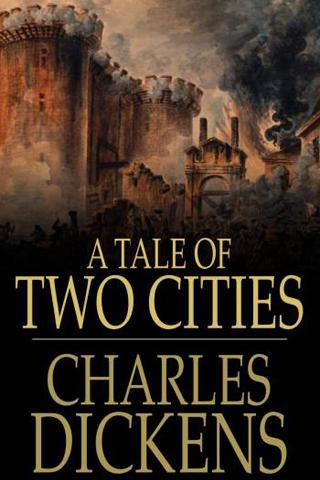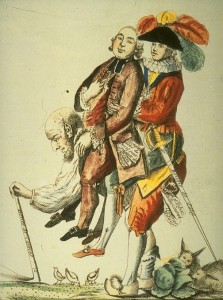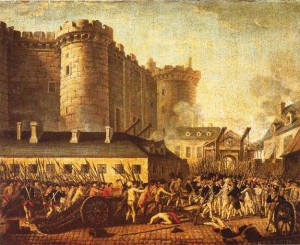Hi Everyone,
Naomi here with another giveaway today to celebrate the release of The Soldier’s Secrets. I’m also doing a little history lesson about a very fascinating part of the Georgian and Regency years–or at least, I find it to be fascinating.
It’s no secret that I’ve written three books set during the French Revolution. The first is Sanctuary for a Lady, the second is The Soldier’s Secrets, and the third, which doesn’t have a title yet, comes out in January 2015. I often think the French Revolution is one of the most distorted and misunderstood time periods of European history.
Here’s a few facts that might help make the French Revolution a little more understandable:
Before the Revolution
- Before the Revolution started in 1789, a loaf of bread cost a week’s salary for the peasant class.
- In 1789, the peasantry paid taxes to nobles, the king, and the church, while the aristocrats barely payed taxes.
- The country was bankrupt.
- The cost of France helping with the American Revolution was a contributing factor to its bankruptcy.
During the Revolution
- Marie Antoinette, the Queen of France before the Revolution, never said, “Let them eat cake.” However, the political pamphlets of the time reported that she said this (as well as several other untruths about her), and so the peasants of France believed it and got even more upset with her and King Louis XVI.
- Marie Antoinette was Austrian born and never very popular with the French people–even before the alleged “let them eat cake” comment.
- When the Bastille was stormed, only seven prisoners were being held there. The Bastille wasn’t stormed to liberate wrongfully imprisoned men, but to give the peasants access to the weapons stored inside the Bastille. The peasant class was convinced King Louis was going to send his army into Paris to kill political dissenters, and the people wanted weapons to defend themselves.
- Most of the France’s aristocrats were ensconced in Versailles and ignored the famine and economic troubles until a mob of peasant women stormed the castle and demanded bread in August of 1789.

- The ideals behind the French Revolution were so looked down on by other European monarchies that France ended up fighting Prussia, Britain, Spain and Austria all while having their own internal revolution. Some of the fighting goes back to Marie Antoinette being Austrian born. Her brother, Holy Roman Emperor Leopold II, didn’t take kindly to Marie Antoinette being imprisoned, and then beheaded, which fueled the start of the French Revolutionary Wars.
- The metric system was developed during the French Revolution.
- The French Revolutionary Government also adopted its own calendar based on tens. Each week had ten days, each day had ten hours, each hour had 100 minutes, and each minute had 100 seconds. This meant the peasants who got one day a week off now had to work nine days before their break.
- After the French Revolution ended, the metric system stayed in place, but the French Revolutionary Calender was set aside in favor of the Gregorian Calendar.
The first question people usually ask me after they find out where my novels are set is “Why the French Revolution?”
Oddly enough, I don’t find that question hard to answer, and now you know why. Do any of the facts mentioned above surprise you? Which ones?
Today I’m giving away a copy of The Soldier’s Secrets as well as a copy of A Tale of Two Cities. To enter the giveaway, fill out the drawing form at the end of the post. And don’t forget to come back on Monday for an review of The Soldier’s Secrets and a chance to win another copy of the novel plus a copy of the History Channel Documentary: The French Revolution.
Originally posted 2014-04-10 10:00:00.


Comments are closed.